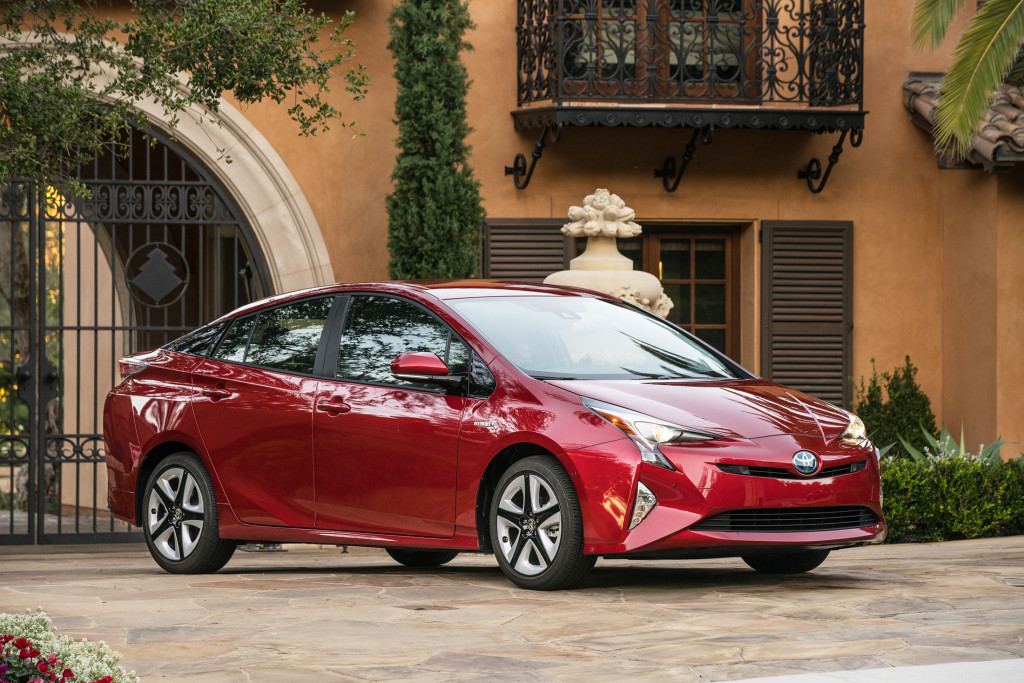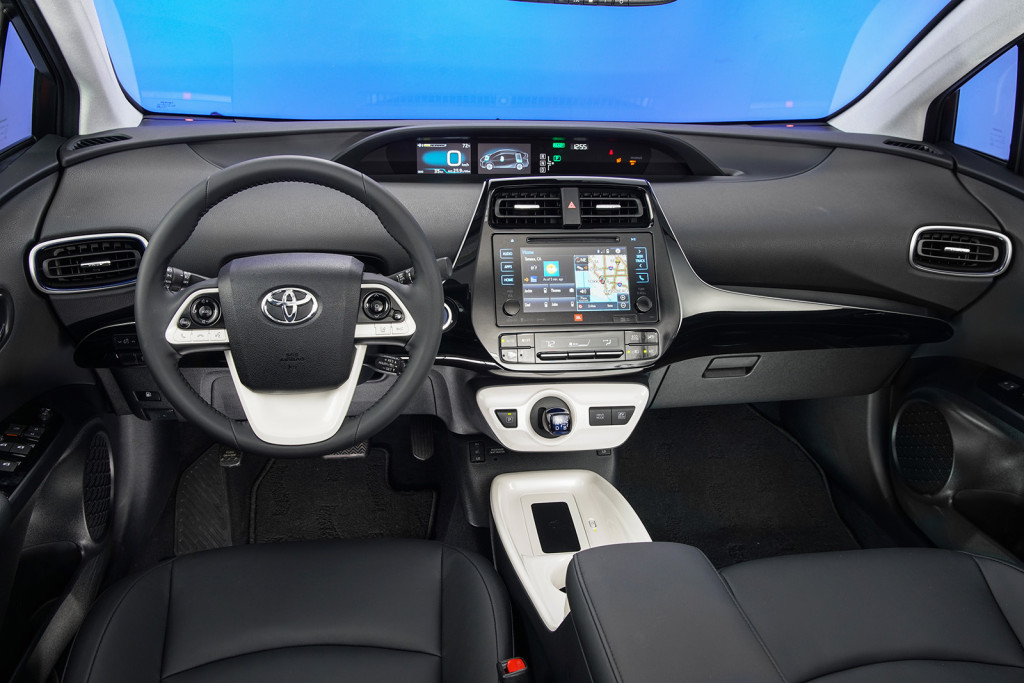Cargazing
By Derek Price
A few years later it brought its eco ethos to the United States, where its funky styling and brilliant gas-electric drivetrain made efficient cars seem cool and trendy — perhaps for the first time in history.
There have been other innovative hybrids through the years, most notably the Honda Insight, but none have risen to the iconic green-car status of the Prius. It’s come to define what people think of hybrid cars, for better or worse.
The better? It’s always been one of the most fuel efficient cars you can buy, and its style has matched the fascinating technology that hides under the skin.
The worse? It’s traditionally been appallingly slow and irritatingly noisy, although that seems to be getting better with each passing generation.
And that brings us to the car I’m driving this week, a 2016 Prius that marks the start of an all-new fourth generation for this prototypical hybrid.
Yes, it’s still ultra-efficient. My test car was rated for 58 mpg in the city and 53 on the highway, making it the most efficient car you can buy without having to plug it into a charger. That’s no surprise.

The Toyota Prius gets an aggressive, futuristic and polarizing new look as it enters its fourth generation with an all-new 2016 model.
The surprises come in two other areas, though: the lack of compromises and just how far Toyota is pushing the design envelope on this car.
The Prius has always been a vehicle that requires some tradeoffs. You sacrifice acceleration and luxury to get awesome gas mileage. Buyers get that.
But the tradeoffs in this new-generation Prius are fewer and less severe than ever. It certainly feels faster, with a better ability to get up to speed on the highway and sharper handling in turns. It won’t win stoplight drag races, but it won’t be embarrassing, either.
It’s also noticeably quieter than before. Toyota made all kinds of changes to reduce the noise that intrudes into the cabin, both from the hybrid drivetrain that tends to make otherworldly hums and buzzes and from road and wind noise generated at highway speeds.
Toyota used more high-strength materials for the frame, more acoustic laminated glass, more sound-deadening insulation and massaged the air conditioning pump, water pump, intake and exhaust systems to make less noise. The end result is a car that’s both aggressively tuned for fuel economy but also sublimely silent, a rare combination.
No one can argue with making a hybrid car faster and quieter, but the styling — that most subjective area of car buying — is up for more debate.
Personally, I love how Toyota has always made the Prius look so different from most cars. It will never have the timeless beauty of an Italian sports car, but that’s not the point. It looks unique on the outside because it’s reflecting the unique engineering that makes up the heart of this car, and I like that kind of honesty.
In fact, I’m convinced a big reason for the Prius’ success is that it looks so unusual. People notice it and can tell it’s different just from a glance at the car’s odd but endearingly quirky shape. It’s become a part of its personality.
And on the flip side, I think the biggest reason the Honda Civic Hybrid and Chevrolet Volt never became big sellers is because they just look too ordinary. People don’t notice them, at least not in the same way they do the cheese-wedge nose of a Prius.
Whatever you think of the Prius’ appearance, Toyota took it to a new extreme with this model. Raked-back triangular headlights and origami-like creases on the body make it a case study in striking, if polarizing, design.

Continuing the futuristic theme on the inside, the new Prius also is considerably quieter than before.
It’s unfortunate timing for Toyota to be unveiling a car that pushes the envelope in futuristic design and gas-saving technology right now, a year when low gas prices mean many buyers aren’t putting MPG at the top of their shopping list.
But when, not if, fuel prices return to their historic norms, Toyota will be ready and waiting with a Prius that’s more comfortable, spacious, fast and efficient than it’s ever been before.
2016 Toyota Prius Two Eco ($24,700). Options: None. Price as tested (including $835 destination charge): $25,535
Wheelbase: 106.3 in.
Length: 178.7 in.
Width: 69.3 in.
Height: 58.1 in.
Drivetrain: 1.8-liter gas engine and 53 kW electric motor (121 combined system hp)
Transmission: Electronic continuously variable transmission
Estimated Mileage: 58 city, 53 highwayRATINGS
Performance: 6
Price: 8
Handling: 6
Ride: 7
Comfort: 8
Quality: 8
Overall: 9Video Review:
2016 Toyota Prius
http://bit.ly/16prius
Why buy it?
It’s the most efficient non-plug-in vehicle you can buy. It’s also surprisingly quiet, roomy and refined thanks to a new-generation design.
